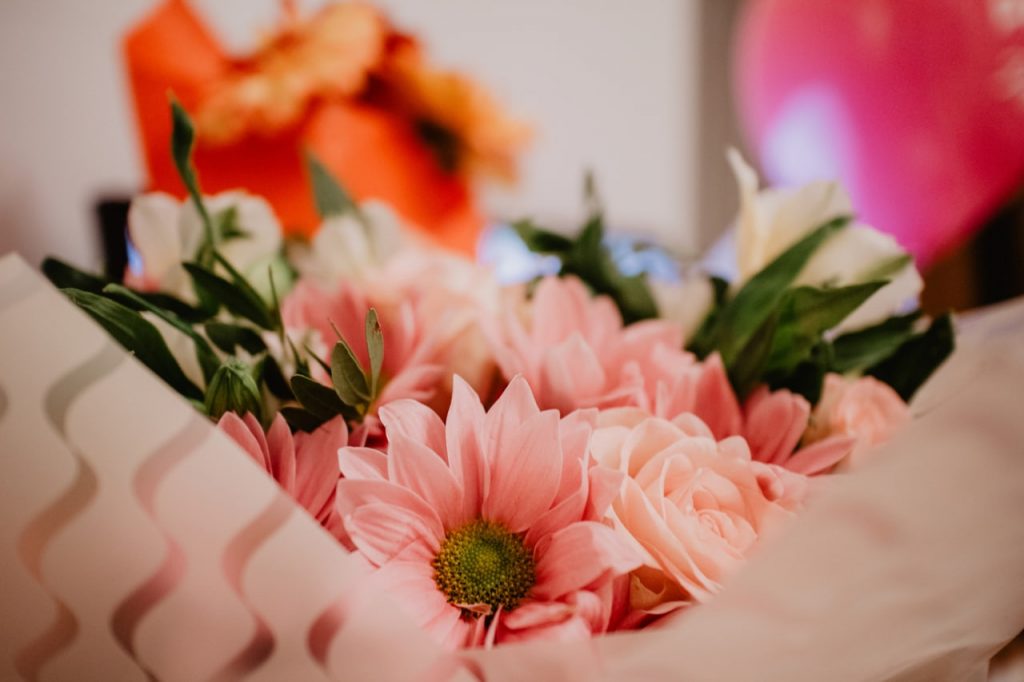Using seasonal flowers in your arrangements not only ensures freshness and longevity but also adds natural charm and vibrancy. Each season offers unique blooms with colors, textures, and scents that can enhance your floral designs. Understanding which flowers are in season and how to use them will help you create arrangements that are both beautiful and sustainable.
Spring Flowers
Spring brings soft, pastel blooms that symbolize renewal and growth. Popular flowers include tulips, daffodils, hyacinths, and cherry blossoms. Spring arrangements work well in light, airy designs. Pair these blooms with fresh greenery like ferns or eucalyptus for a balanced and cheerful bouquet. Spring flowers are perfect for Easter, Mother’s Day, and spring-themed celebrations.
Summer Flowers
Summer is full of vibrant, bold colors and larger blooms. Sunflowers, lilies, dahlias, and zinnias are ideal for summer arrangements. Use bright, contrasting colors to create eye-catching displays. Summer flowers are perfect for weddings, garden parties, and outdoor events. Incorporating tropical foliage can also add an exotic touch to your designs.
Fall Flowers
Autumn flowers reflect warm, earthy tones such as orange, red, yellow, and deep burgundy. Chrysanthemums, marigolds, dahlias, and ornamental grasses are excellent choices for fall bouquets. Fall arrangements often look best in rustic containers like wooden boxes or pumpkins. Use layers of texture with berries and dried foliage to evoke the cozy feeling of the season.
Winter Flowers
Winter flowers are elegant and often feature whites, blues, deep reds, and greens. Popular choices include amaryllis, poinsettias, holly, and white roses. Winter arrangements can include evergreen branches, pinecones, or berries for a festive touch. These flowers are perfect for holiday decorations, winter weddings, or to brighten up indoor spaces during colder months.
Tips for Using Seasonal Flowers in Your Designs
- Mix Textures – Combine flowers with greenery, berries, and branches to create depth and interest.
- Play with Colors – Use the season’s natural palette to guide your arrangement, whether soft pastels in spring or rich hues in fall.
- Consider Longevity – Choose flowers that last longer in arrangements to maintain freshness throughout the event or display.
- Balance Sizes and Shapes – Pair large focal flowers with smaller blooms and filler flowers to achieve a harmonious composition.
Benefits of Using Seasonal Flowers
Seasonal flowers are not only fresher and more fragrant, but they are also often more affordable. They support local growers and reduce the environmental impact of importing out-of-season blooms. Using seasonal flowers ensures your arrangements are vibrant, sustainable, and perfectly suited to the mood and occasion.

